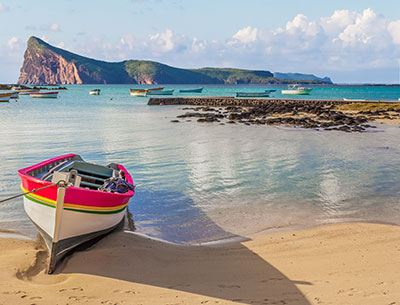SIOFA makes progress towards more sustainable fisheries

date: 01/08/2019
The EU contribution was essential in steering the discussion towards increased sustainability and improved management and control of fishing vessels.
Some of the key achievements include:
- the adoption of a new measure for the management of orange roughy, alfonsino and toothfish, based on proposals by the European Union (EU) and Australia (AUS).
- the adoption of the EU-cosponsored High Seas Boarding and Inspection Procedures, expected to significantly improve SIOFA’s capacity to monitor regional fishing activities effectively.
- the strengthened bottom fishing measure, including Vulnerable Marine Ecosystem (VME) taxa indicators and thresholds for triggering VME move-on rules.
- SIOFA also adopted, based on EU proposals, its first prohibition of direct shark fishing and mitigation measures for seabirds.
Based on other EU proposals, the organisation also committed itself to the future development of a vessel monitoring system; a framework for new and exploratory fisheries, and a framework for scientific research and fisheries-based research in the SIOFA Area.
Background
The Southern Indian Ocean Fisheries Agreement (SIOFA) entered into force in June 2012. To date, SIOFA has nine Contracting Parties: Australia, the Cook Islands, the European Union, France on behalf of its Indian Ocean Territories, Japan, the Republic of Korea, Mauritius, the Seychelles and Thailand; one Participating fishing entity: Chinese Taipei; and one cooperating non-Contracting Party: Comoros. Kenya, Madagascar, Mozambique and New Zealand are also signatories to this Agreement, but have not ratified it.
